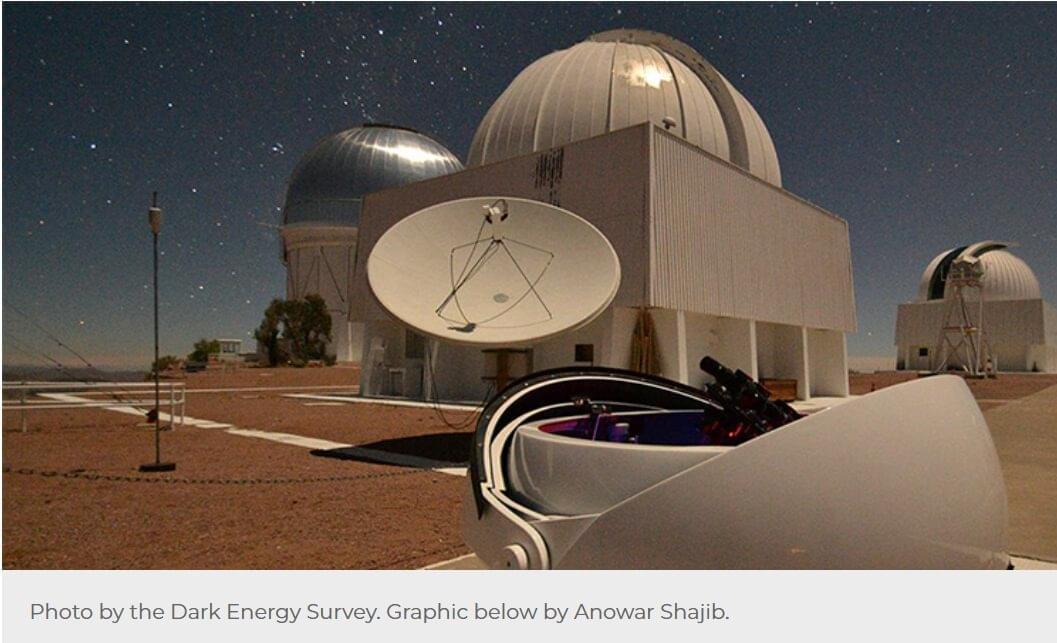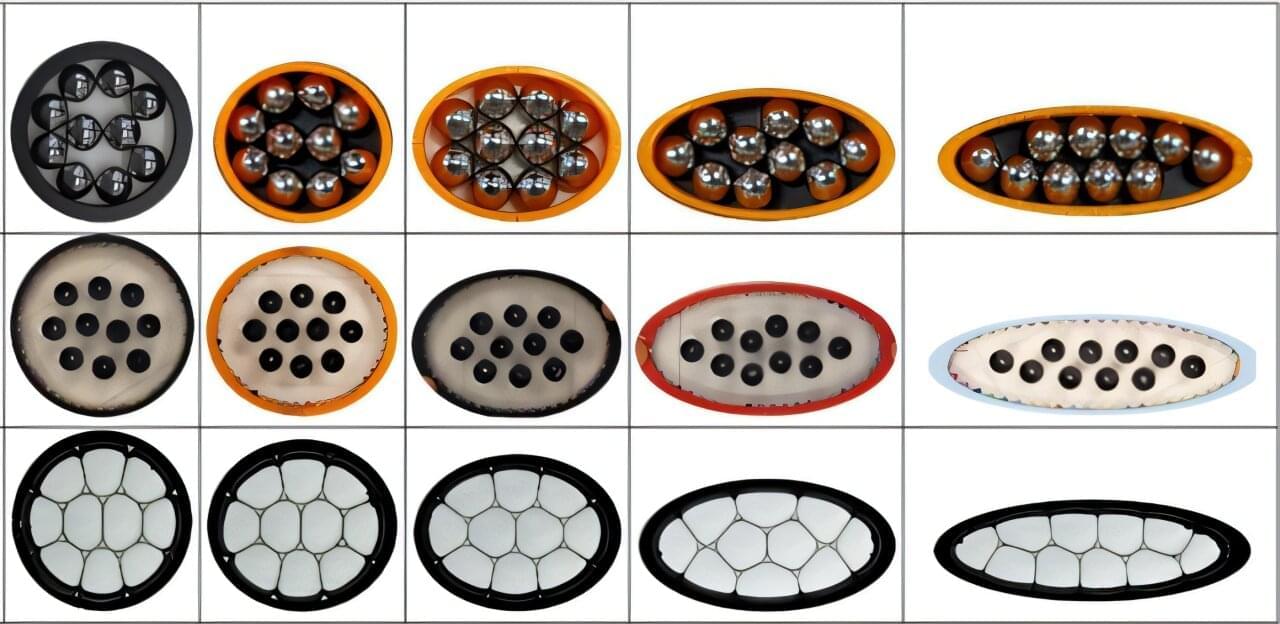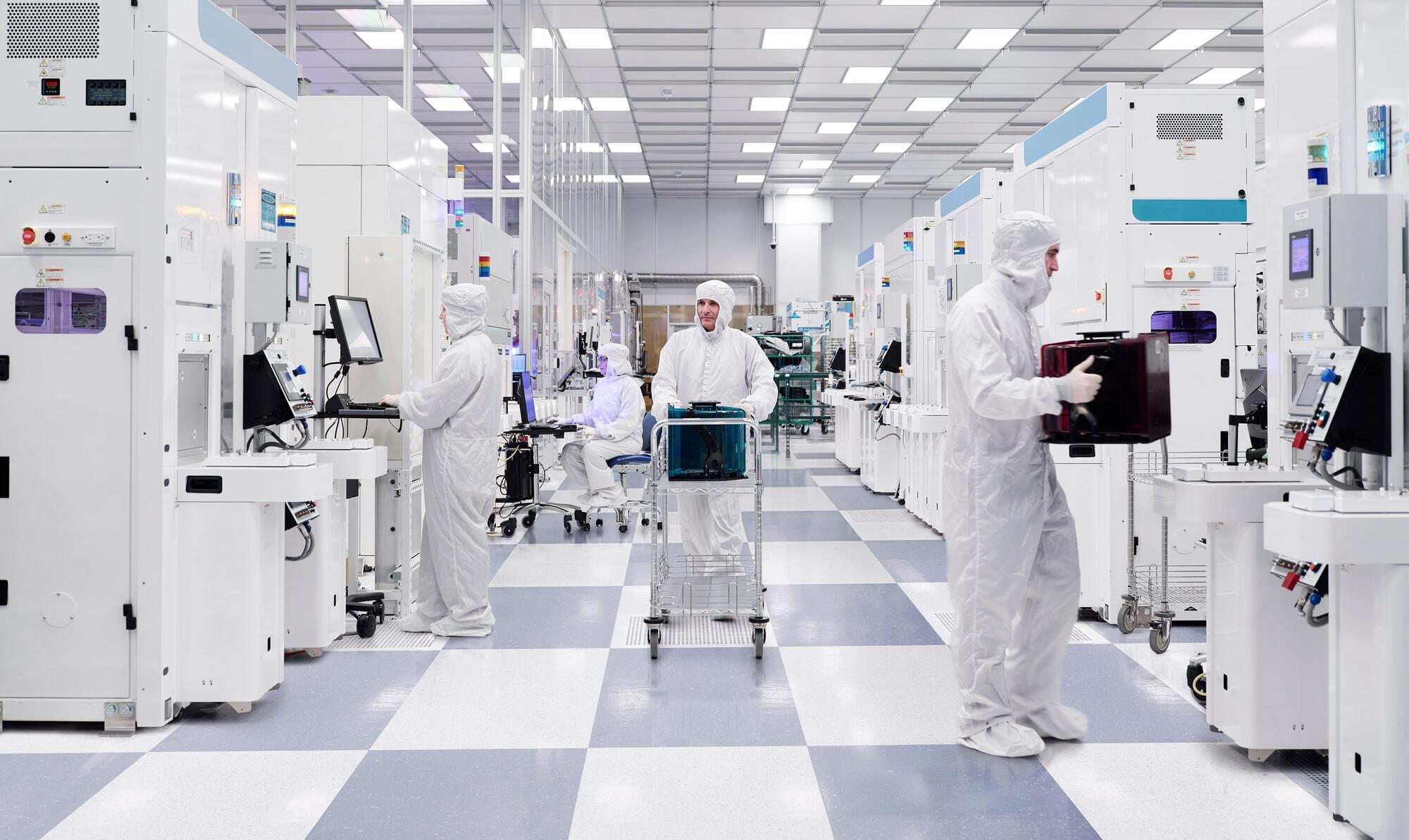Dark energy may be evolving—hinting that the universe’s ultimate destiny could be far stranger than we ever imagined. Astronomers are rethinking one of cosmology’s biggest mysteries: dark energy. New findings show that evolving dark energy models, tied to ultra-light axion particles, may better fit the universe’s expansion history than Einstein’s constant model. The results suggest dark energy’s density could be slowly declining, altering the fate of the cosmos and fueling excitement that we may be witnessing the universe’s next great revelation.
Dark energy, the mysterious force thought to drive the universe’s accelerating expansion, remains one of the deepest puzzles in modern physics. For years, the leading explanation has been that this energy is constant – an unchanging property of empty space responsible for cosmic acceleration. But recent evidence has scientists rethinking that assumption.
Last year, results from the Dark Energy Survey (DES) and the Dark Energy Spectroscopic Instrument (DESI) caught the attention of cosmologists by suggesting that dark energy might not be fixed after all. “This would be our first indication that dark energy is not the cosmological constant introduced by Einstein over 100 years ago but a new, dynamical phenomenon,” explained Josh Frieman, Professor Emeritus of Astronomy and Astrophysics.






